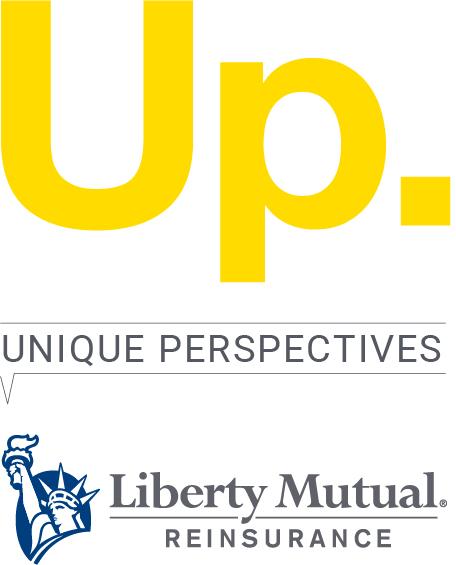The confluence of events leading to the wildfires in Palisades and Eaton in Los Angeles earlier this year, which estimates put at circa. $40bn, caught insurers by surprise. It exposed the shortcomings of existing models, some of which categorised this as a 1-in-1000-year event, misjudging the probability and severity of the loss.
California is no stranger to devastating wildfires, with the Santa Rosa Tubbs Fire of 2017 and the Butte County Camp Fire in 2018 both producing claims exceeding $10bn. North America and Canada account for the majority of global wildfire claims by a significant margin annually. Europe has not seen claims on anything of this scale. However, this does not warrant complacency among European property underwriters, with recent large fires highlighting how the risk is escalating in Europe. France experienced significant wildfire activity in 2024, in the southern regions, causing substantial property damage and straining firefighting services. Wildfires in Portugal caused the destruction of homes and infrastructure, while spreading wildfires in Greece reached the outskirts of Athens. The total insured loss value is difficult to determine; estimates for the total economic losses are in the hundreds of millions of euros. The recent European State of the Climate Report, produced by European climate science and monitoring agencies, stated that increases in extreme events like wildfires, floods and heatwaves are linked to climate change. The same report found that Europe is warming at twice the global average rate, making it the fastest-warming continent.
In February 2025 Petra Hielkema, chair of European regulator EIOPA described these climate-related risks as one of the most significant threats to financial stability. She highlighted that the average annual cost of EU natural catastrophes had risen to €44.5 billion over the past three years, more than twice the €17.8 billion of the previous decade, resulting in EIOPA increasing for insurers the natural disaster risk capital reserve requirements by 10%.
These recent events, scientific projections and regulatory actions serve as a call to action for our industry.
In the U.S. wildfire models, while imperfect, are mature and widely used; in Europe this is lacking, with no reliable wildfire models currently available. The absence of modelling hampers underwriters’ ability to accurately price and manage risk, especially while change is occurring and set to occur more rapidly. Greater focus and investment are therefore needed in this area to close the modelling gap and adequately equip underwriters. Further focus is needed to:
- Adopt stronger risk management standards: encourage or incentivise property-level mitigation (e.g. clearance zones, non-flammable building materials) and push for stricter building codes like California has done
- Engage with policymakers: explore mechanisms such as pools, FAIR Plan–style last-resort insurers, or moratoriums on cancellations in high-risk zones. Collaboration with governments will be increasingly necessary as the risk intensifies
- Educate and incentivise policyholders: Insurers are ideally positioned to raise awareness and reward policyholders’ mitigation efforts through pricing
Re/insurers in Europe mustn’t wait until they face a California-scale catastrophe to recognise that wildfire risk is escalating and that they have a vital role to play in preparing for it. Through investment in modelling and risk management and by bringing its expertise to bear in collaboration with governments, the industry can help to build resilience against a threat society will increasingly face. At Liberty Mutual Reinsurance we combine global experience with deep local market expertise to be a trusted partner for clients and brokers, delivering practical, tailored risk solutions to meet this growing challenge.

